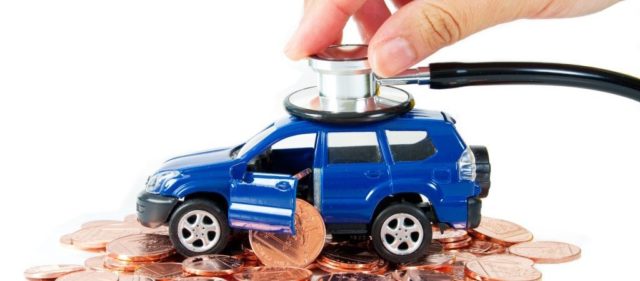8 WAYS TO COMPARE CAR INSURANCE AND GET THE CHEAPEST RATES POSSIBLE
No one would like to spend more than we have on our auto insurance, but we don’t always find the lowest rate.
Many small and large insurance companies are competing for our business. Many have a variety of dazzling policy options, making it difficult to compare policies and determine who offers the lowest auto insurance rates.
Here are eight things you can do to make sure you get good coverage at the cheapest rate possible.
1. Don’t assume that no company is the cheapest.
Some companies spend a lot of money on commercials to convince you that they offer the lowest auto insurance rates. But no insurer is the low-price leader for everyone. The insurance company that is cheapest for one person in one location may be the most expensive option for a driver in a different state.
The only way to make sure you get the lowest possible rate is to compare prices.
2. Don’t ignore local and regional insurers
Only four companies, Allstate, Geico, Progressive, and State Farm, control more than half of the country’s auto insurance business. But smaller regional insurers, like Auto-Owners Insurance and Erie Insurance, often have higher customer satisfaction ratings than big names, and may also have lower auto insurance rates.

3. Ask about discounts
Insurers offer a variety of discounts, which can mean lower insurance rates for customers who:
- Combine auto insurance with other policies, like homeowners insurance.
- Insure multiple cars with one policy.
- Have a clean driving record.
- Pay your entire annual or six-month premium at once.
- You agree to receive documents online.
- Possess a car with certain anti-theft or security features.
- They are members of private professional organizations or affiliated groups.
- However, don’t get carried away by a long list of possible discounts. Compare the rates of multiple insurers.
4. Pay your bills on time
Your credit score is an important factor in the auto insurance quotes you receive, except in California, Hawaii, and Massachusetts, which do not allow insurers to consider credit when setting rates. Insurance companies say customer credit has been shown to correlate with their ability to file claims.
A NerdWallet analysis found that having poor credit can increase people’s auto insurance rates by hundreds of dollars a year compared to having good credit. (In most situations, a FICO score of 579 or less is considered “poor” credit, but insurers have their own credit models that may have a different limit.)
Improve your credit, and get lower insurance rates, paying your bills on time and reducing your debt. Track your progress by checking your credit score regularly.
5. Check insurance costs when buying a car
You probably already pay attention to factors like fuel efficiency and repair costs when choosing a car to buy, but you should also consider insurance premiums. A NerdWallet analysis of the cheapest cars to insure among the best-selling vehicles found that the lowest insurance rates are for the Subaru Outback, the Jeep Wrangler, and the Honda CR-V.
6. Skip comprehensive and collision coverage for a vintage car
Collision coverage pays to repair damage to your vehicle from another car or object such as a fence. Comprehensive coverage pays to repair vehicle damage due to weather, animal accidents, floods, fires, and vandalism. It also covers car theft. But the maximum payment under either policy is limited by the value of the car if it is totaled or stolen. If your car is older and has a low market value, it may not make sense to pay for these types of coverage.
7. Increase your deductible
By purchasing comprehensive and collision coverage, you can save money by opting for higher deductibles. (There is no deductible in liability insurance, which pays for the damage it causes to others in an accident.)
8. Consider insurance based on usage or pay per mile
If you are a safe driver who doesn’t log many miles, consider a usage-based insurance program, like Allstate’s Drivewise, Progressive’s Snapshot, or State Farm’s Drive Safe & Save. By subscribing to these programs, you allow your insurer to track your driving in exchange for possible discounts based on how much you drive, when you drive, and how well you drive.



